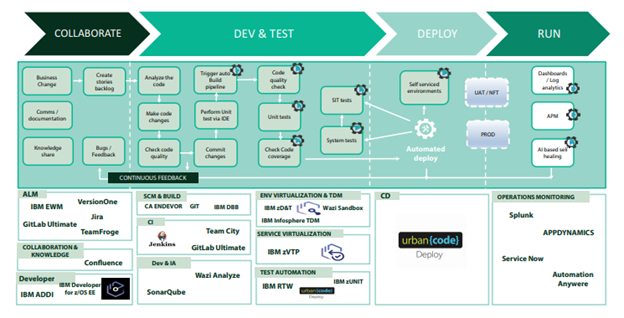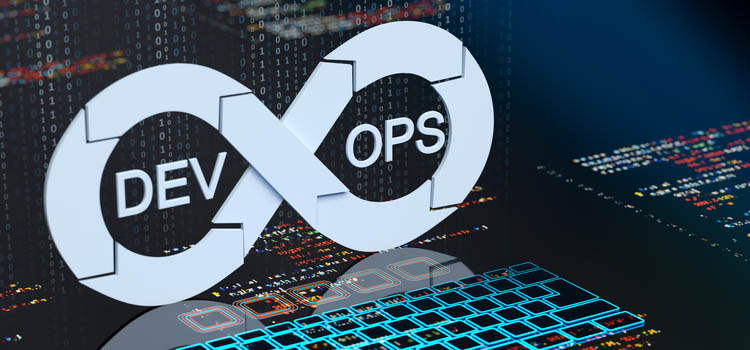DevOps is an evolving process that brings development and operations into a single entity, allowing faster delivery, productivity improvement, and better team collaboration. However, as the two different entities join hands, there is a need for a change in culture. Unfortunately, most organizations need help in adopting DevOps because of the resistance to cultural change.
Most Fortune 500 companies, top financial sectors, and retail markets rely heavily on Mainframes for their operations. However, due to high maintenance cost associated with these systems, there is a pressing need to reduce the cost. The executives from these firms envision Mainframe as a platform for growth and optimization, while also recognizing critical need to implement Innovation to adapt to the modern digital environment by offering Mainframe as a service.
Key challenges in operating applications in Mainframe
Though Mainframe has big advantages with respect to the processing speed and security, there are some challenges in developing and maintaining applications in Mainframe.
-
The tools used to develop and maintain the applications are either manual, outdated or cumbersome. As, most tasks are manual and people-driven, ensuring quality through good code and test coverage with existing tools is a challenge.
-
The gap between the development and operations teams is wide, which leads to high cycle time with fewer releases. Thus, agility to quickly accept changes is poor.
-
Installation, upgrades, security compliance, and other operational activities are different in Mainframe and distributed systems increasing the cost and dependency on operations.
With these challenges in place, adopting DevOps and shifting Application Development and Maintenance into modern development methodologies is the need of the hour.
DevOps must be integrated into all stages of the application life cycle and sustained through automated to ensure consistency. DevOps is not magic; although it might seem a far-fetched dream for the Mainframe platform today, the transformation will happen but will take time. However, we should make small, incremental changes to embark on the journey and reap increased benefits as we implement DevOps in different stages.
True DevOps can be achieved only when all the stages are automated. The component changes can go from development to production in a continuous pipeline without any hiccup or manual intervention.
The major phases in a typical DevOps powered development and release cycles are:
1. Continuous Planning
2. Continuous Development
3. Continuous Integration
4. Continuous Testing
5. Continuous Deployment
6. Continuous Monitoring
7. Continuous Feedback
Below is a sample architecture diagram of a Mainframe based DevOps pipeline with its typical tools:

Implementing DevOps on Mainframes is a challenging since it spans the spectrum of technology (products/tools), processes and people. Technology and Process can be managed with a wide variety of tools offered by IBM, Sun Microsystems, Sonar Source, and other key players. These tools expedite the application development and enhancement through Continuous Integration and Continuous Deployment (CI/CD) on both sides without compromising the quality of delivery. Several plug-ins are available to check the standards, debug and integrate with ALM, SCM, and Build tools. The biggest challenge observed is the cultural change or the change of mindset as most senior developers are nearing retirement and are not motivated to adopt new or change.
Recommended best practices for a successful implementation:
-
Implementing DevOps is a strategic decision that must be taken as a top-down approach. Leaders should understand the benefit and cascade the same to both Dev & Ops technology teams.
-
A dedicated long-term journey with a well-defined plan is instrumental in implementing DevOps in Mainframe.
-
Identifying the right product available in the market that can cover the most application spread or the most common requirement. Proof of Concepts (PoC) for various requirements with different toolsets to be derived for choosing the right product as per the need.
-
Trial licenses are to be procured ahead of the PoC and full trials are to be utilized effectively.
-
Aligning already procured open-source products by the organization would be an effective DevOps pipeline.
-
The decision to be made on Migrating existing products to new ones for better integration and licensing costs.
-
Collaboration between the teams is the key factor to proceed on every step in this journey.


